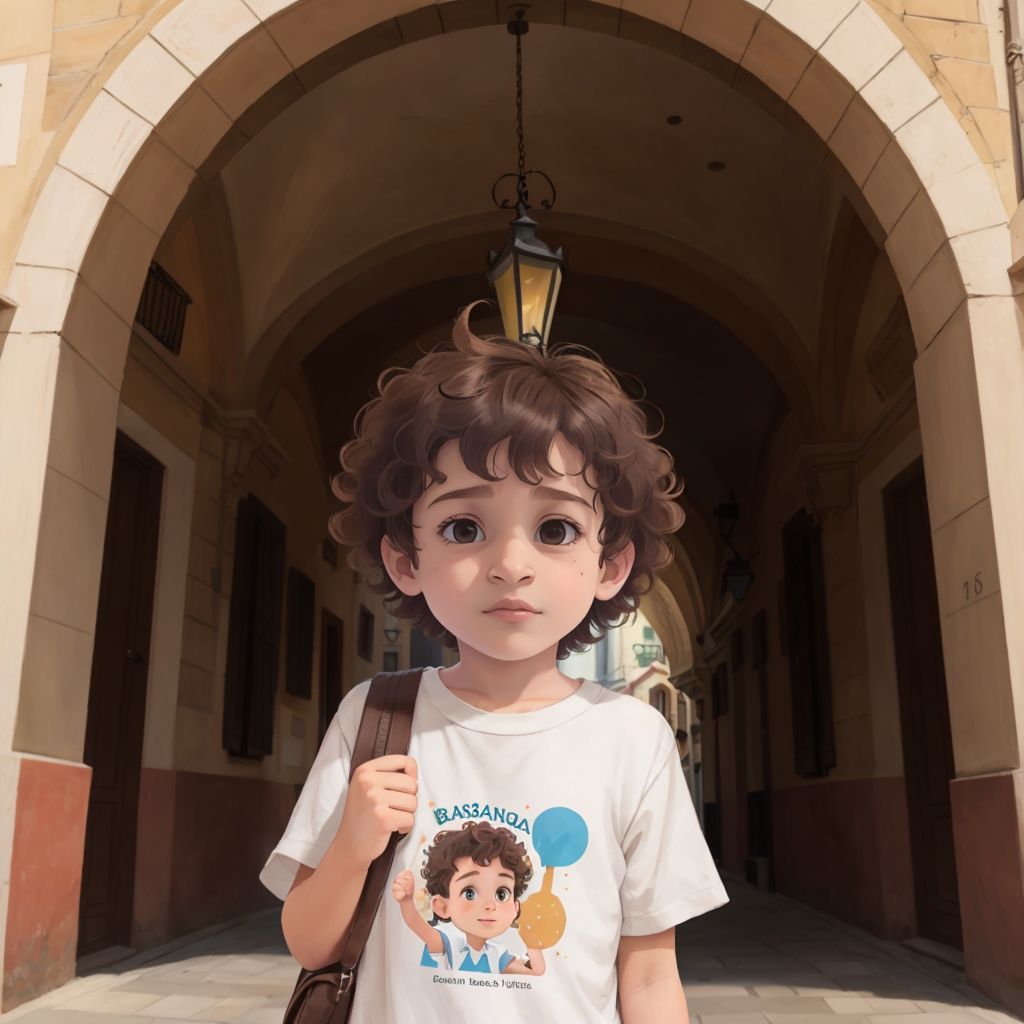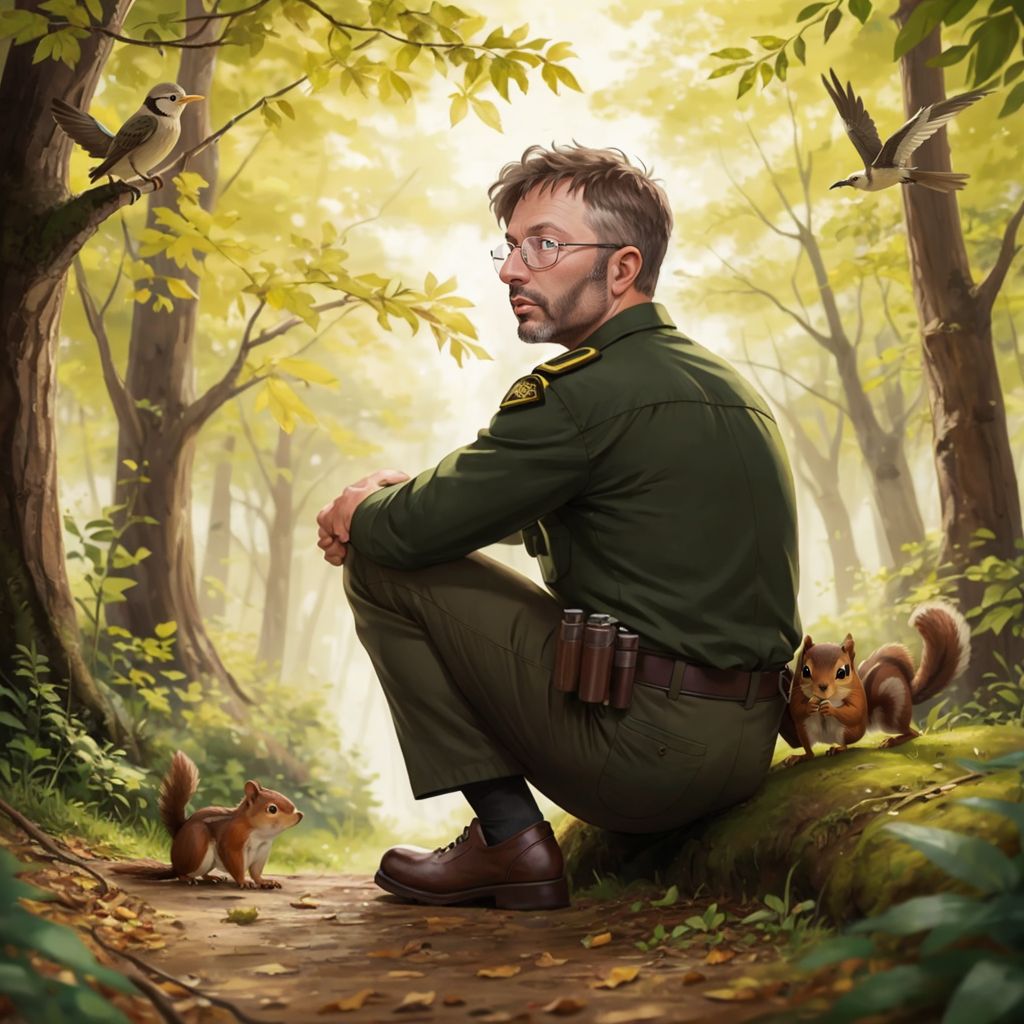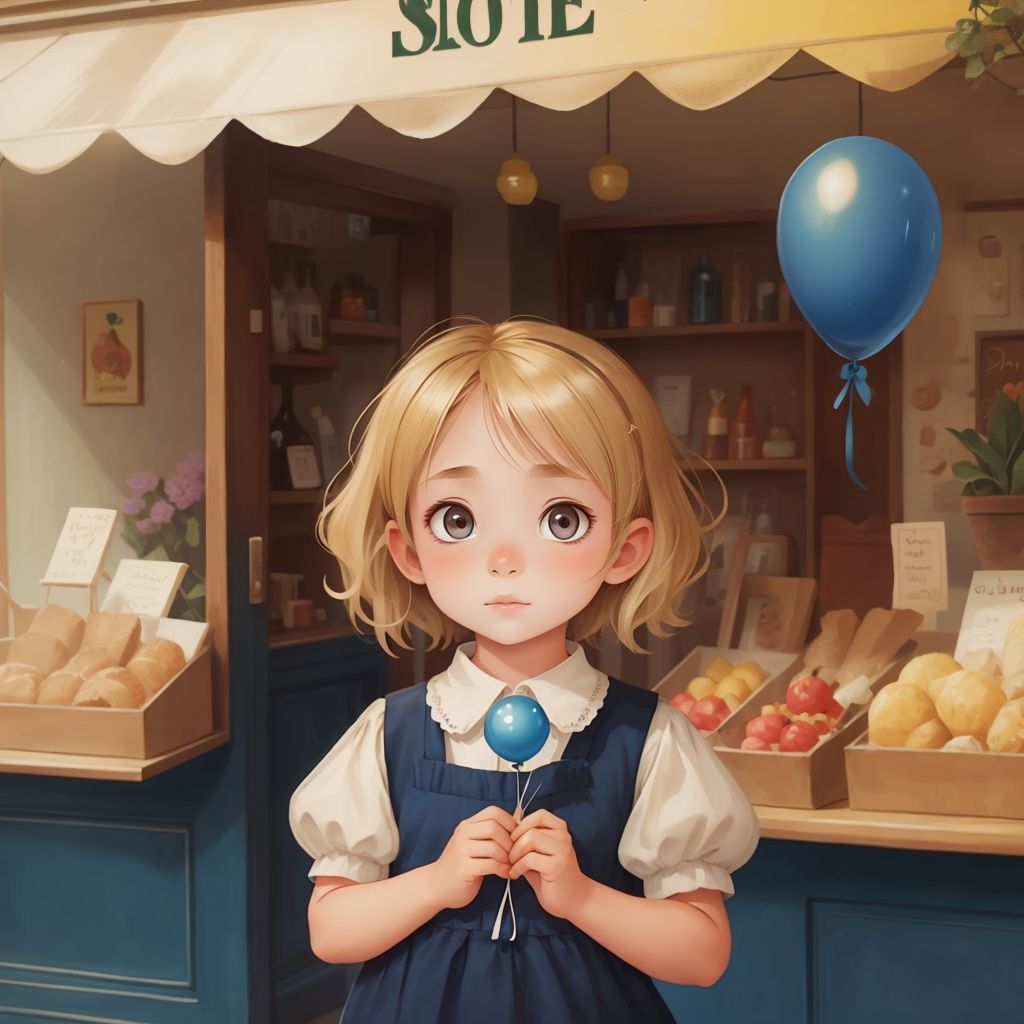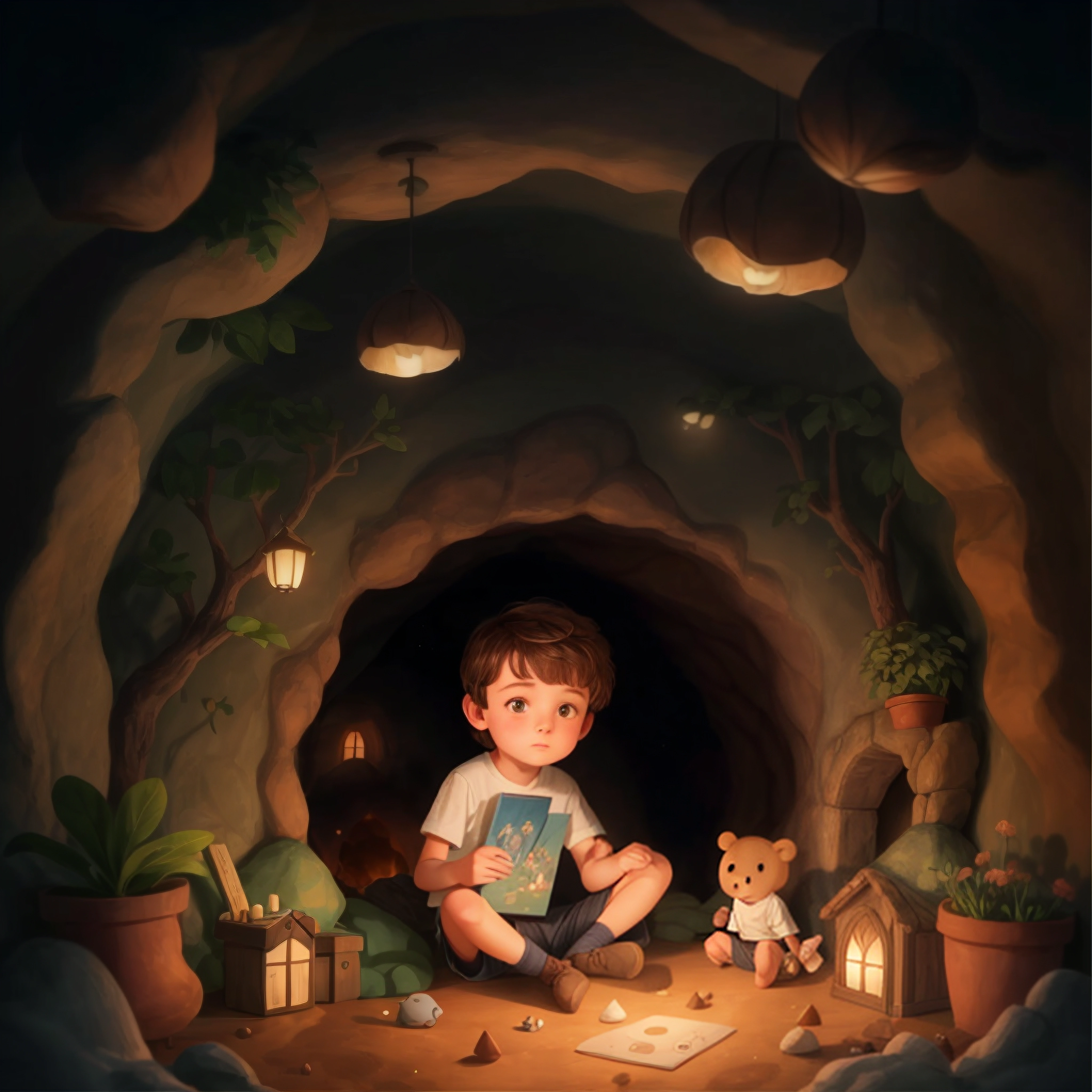

Recommend

There are two siblings a boy age 6, brown hair and a girl, age 4 curly blond hair. They fight a lot, but they love each other, and they live near a magical forest. One they, they need to put diferences aside to fight a evil tree, that became a monster and is trying to destroy their home. So, they fight together, and with the help os the fairyes, the evil inside the tree is destroyed, and it became a good the again that protects the magical forest

1st and 2nd Primary Book

Setting is a Unitarian Universalist Sunday school classroom. The teacher is Ms. Dennis. One day Ms. Dennis tells them they are going to sing a song in the Winter concert, so they need to choose a song. Taylor suggests "the Little Drummer Boy" Alex does not like this idea because Alex is Jewish. Alex suggests singing "Dreidel, Dreidel, Dreidel". But Avery, who is not religious does not want to sing a song about Hannukah. River suggests they sing "Rudolf the red nosed reindeer". the children are excited except Mako. Mako says she does not know that song because she does not celebrate Christmas. The other children ask Mako to just sit out. Ms. Dennis tells them no, they are not going to exclude someone. Ms. Dennis tells the children find something they have in common, and asks them to bring an item that symbolizes the holidays they celebrate. When the children return, Avery brought a red, a blue, and a gold candle Avery's family celebrates Human Light, the candles represent, reason, compassion & hope. Jordan brings a Kinara his family celebrates Kwanzaa they light the candles to symbolize their community. Taylor brings a star from his Christmas tree. He explains that he celebrates Christmas and that the star is a reminder of the North Star the wise men followed to find Jesus. Mako brings a Bodi tree with lights. Mako's her family celebrates Bodi day, the day when the Buddha achieved enlightenment the lights on the tree represent the path to enlightenment. Alex brings a Menorah, Alex's family celebrates Hannukah, and the candles symbolize light's triumph over dark. River brings in a crown made of holly candles sticking out of it. her family celebrates Winter Solstice & the return of the sun. Ms. Dennis says all their celebrations revolve around light and the symbol of the Unitarian Universalist Church is a flaming chalice, each of the children have a light inside of them. River suggests they sing "This little light of mine" for the winter concert. Everyone agrees.

Sa bayan ng Solaria, magkaibigan sina Megan at Sarah na parehong may pangarap na magtagumpay. Si Megan ay isang magaling na mang-aawit at sayaw, habang si Sarah ay isang pintor at guro ng sining. Nagkakasundo sila sa kanilang mga pangarap at nagsikap upang maabot ang mga ito. Megan: "Gusto kong magtanghal sa isang malaking entablado, at makita ko ang mga mata ng mga tao na nagagalak at nagpapalakpakan!" Sarah: "Ako naman, gusto ko maging pintor na makikilala sa buong mundo, at ang mga obra ko makita sa mga museo." Sa kanilang pagsusumikap, natupad ang kanilang mga pangarap—naitanghal si Megan sa isang malaking entablado at ang mga obra ni Sarah ay nakilala sa mga internasyonal na museo. Megan: "Para akong lumulutang sa ulap! Nakapag-tanghal ako sa harap ng libu-libong tao!" Sarah: "At ang mga obra ko, nakasabit na sa isang museo! Hindi ko pa rin kayang paniwalaan!" Ngunit, habang patuloy na umuusad ang kanilang tagumpay, napansin ni Sarah ang pagbabago kay Megan. Tila nakakalimot na ito sa mga taong tumulong sa kanila, tulad ni Tita Beatrice. Sarah: "Naaalala mo pa si Tita Beatrice? Siya yung tumulong sa atin nung wala pa tayong pangalan." Megan: "Si Beatrice? Parang familiar... pero hindi ko maalala." Sa puntong iyon, napagtanto ni Megan na ang tagumpay ay hindi nasusukat sa kasikatan, kundi sa pagpapahalaga sa mga taong naging bahagi ng kanilang paglalakbay. Megan: "Pasensya na, Sarah. Minsan, nakakalimot tayo sa mga bagay na mahalaga. Salamat sa pagtulong na maalala ko kung sino talaga ako." Muling nagyakap sina Megan at Sarah, at natutunan nilang ang tunay na tagumpay ay nasa mga relasyon at pagmamahal na nabuo sa kanilang paglalakbay.

Waffles the stuffed dog losses all his sparkly and starts a journey to the spa.

"Ayaz, a 6-year-old boy, travels to Barcelona to visit his friends, a pair of 7-year-old twins named Lucas and Luna. They are excited to spend the day together in the sunny city. Accompanied by their families, the three children head to a nearby park to ride their scooters. The park is full of tall trees and colorful flowers, and the children laugh as they zoom around the paths on their scooters. After spending the afternoon playing, they head to a cozy pizza restaurant by the sea. The warm smell of pizza fills the air as they sit together, sharing their favorite pizza toppings and enjoying the evening with their families. The story is bright, cheerful, and captures the fun of friendship and family in the beautiful setting of Barcelona."

The story follows Rahul, a curious 5-year-old, as he sets off on an adventure in the forest. Armed with his favorite apple 🍎, he meets a variety of animals, each teaching him a new letter of the alphabet and a valuable lesson. He first encounters an Ant 🐜, who asks him to share his apple, teaching Rahul the joy of sharing. Next, a Bee 🐝 introduces him to the fun of playing with friends using a colorful ball. As he explores deeper, he meets a Cat 🐱, Dog 🐶, Elephant 🐘, and Frog 🐸, learning to be gentle, kind, and brave. Along his journey, Rahul encounters many more friends: a Goat 🌿, Horse 🐎, and Owl 🦉, each presenting new letters and values like courage, calmness, and wisdom. From K for Kite 🪁 to Z for Zebra 🦓, Rahul learns the whole alphabet through his interactions. By the end, Rahul realizes that kindness, sharing, and bravery are the greatest treasures. Moral: Kindness, sharing, and courage make every adventure magical. 🌈💕

A little panda going on a philosophical journey around the world to learn about how to be present.

First Aid Primary Survey - DRSAB Danger, Response, Shout, Airway & Breathing Cuts hold pressure big cut apply bandage x 2 Burns run under cold running water or any liquid

Jack and Annie, now Master Librarians, are preparing for a vacation when Annie suggests they check the Frog Creek woods for Morgan le Fay and the magic tree house. Despite their tight schedule, Jack agrees. They quickly head to the woods, where they find the magic tree house and Morgan, who greets them warmly and invites them inside. Morgan gives Jack and Annie an important mission: to retrieve a lost story from an ancient Roman library. The story’s title is written in Latin, and Morgan provides a book on Roman times to help them. She emphasizes the importance of their secret library cards and the ancient story they must find. As the tree house begins to spin, signaling their departure, Morgan hints at helping them blend in but is cut off by the spinning. Jack and Annie brace themselves for their adventure as the spinning stops and their journey to the Roman world begins.

Join Emma, a curious and adventurous girl, as she discovers a sparkling blue balloon in a magical shop. When the balloon takes her on an extraordinary journey to a hidden forest, Emma must use her bravery and kindness to save a glowing flower and restore the forest's magic. Full of enchanting animals, shimmering adventures, and heartfelt moments, Emma and the Magic Balloon is a delightful story about the power of courage and the joy of helping others. Perfect for young readers who dream of magical adventures and discovering their own inner hero

When the entire memory market crashes, Elia stumbles upon a hidden memory fragment that could hold the key to a vast conspiracy. As she delves deeper, she uncovers a truth that could rewrite history and change society forever. However, powerful forces want that memory buried, and Elia finds herself on the run for her life.

Write a story about Aamna the balanced barracuda who is taking her first GL Assessment Test. She is very worried about the test and doesn't now how to prepare for the test and doesn't know if she will be able to do well in the tests. Throughout the story show her studying hard for the test, making sure she eats healthy, has a good night sleep before the test. During the test day she has a good breakfast, comes to school on time and does her best in the test and keeps checking her answers. After a few days she gets her results and does very well in the test and is very pleased.

1. One day in the village of Batu, where the legend of the Enchanted Stone flourished, lived a child named Ananda. Ananda was a curious soul, always eager to learn about everything around him 2. On that morning, Ananda sat under the shady tree in front of his house, listening to his grandfather's tales about the wonders of the Enchanted Stone 3. His eyes sparkled, and his heart was filled with curiosity. Ananda decided to find out more about the stone and whether true fortune could come from owning it. 4. Ananda began investigating the legend of the Enchanted Stone by asking the elders and villagers. Some shared intriguing stories, while others were skeptical about the stone's existence. One elder in the village gave Ananda a clue. 5. One night, Ananda dreamed of a hidden place in the forest behind the village. In his dream, he saw a golden light shining through the trees. Without hesitation, Ananda decided to follow the guidance in his dream 6.

A little girl with long brown hair and big blue eyes born with clubfoot and her journey to teach the world about clubfoot.

Olive and Malcolm were set of twins who were so curious they love to dream and imagine and they imagine they could travel to the north pole to see how Santa’s workshop really worked

1.A colorful village with happy houses, boy and girl together, showing their close sibling bond. 2. boy and girl playing games, racing, and building blocks with excited faces. 3. girl finding a sad flower in the garden, looking concerned. 4. boy helping his sibling care for the flower, both working together. 5. The flower getting happier and colorful because of the twin's care. 6. boy and girl realizing that sharing and working together bring happiness. 7. boy and girl sharing toys, laughing, and having a great time together. 8. One twin cheering for the other's success, showing support. 9. boy and girl growing closer, holding hands or hugging. 10. boy and girl hugging with big smiles, surrounded by warmth.

A 2 year old boy named Brooks learns that his grandma has passed away and is in Heaven. Brooks learns what it means when someone goes to Heaven.

Es una ciudad hecha de dulce, donde vivia un reino hecho de dulce las casas estaban hechas de diferentes tipos de chocolate,las montañas eran de nieve y los pobladores sembraban el chocolate para el pueblo,un dia llovio limonada que hacia se derritiera el helado de las montañas,el rey al ver esto creo una pared de gelatina que desvio el helado de las casas del pueblo.

1. Un niño llamado Roque vivía en una cueva el bosque 2. Paseando por el bosque encontró un libro mágico 3.El libro tenía un candado mágico y Roque no podía abrirlo 4. El niño busca la llave por toda su cueva 5. El niño pide ayuda a sus amigos del bosque 6. Fue a ver al búho sabio y le búho le dijo que la llave estaba en la cima de la montaña más alta 7. Se encontró con una ardilla y le ayudó a subir a la cima de la montaña 8. En la cima de la montaña encontró la llave 9. Se llevó la llave a su cueva y empezó leer el libro mágico 10. Le deja el libro a sus amigos del bosque
